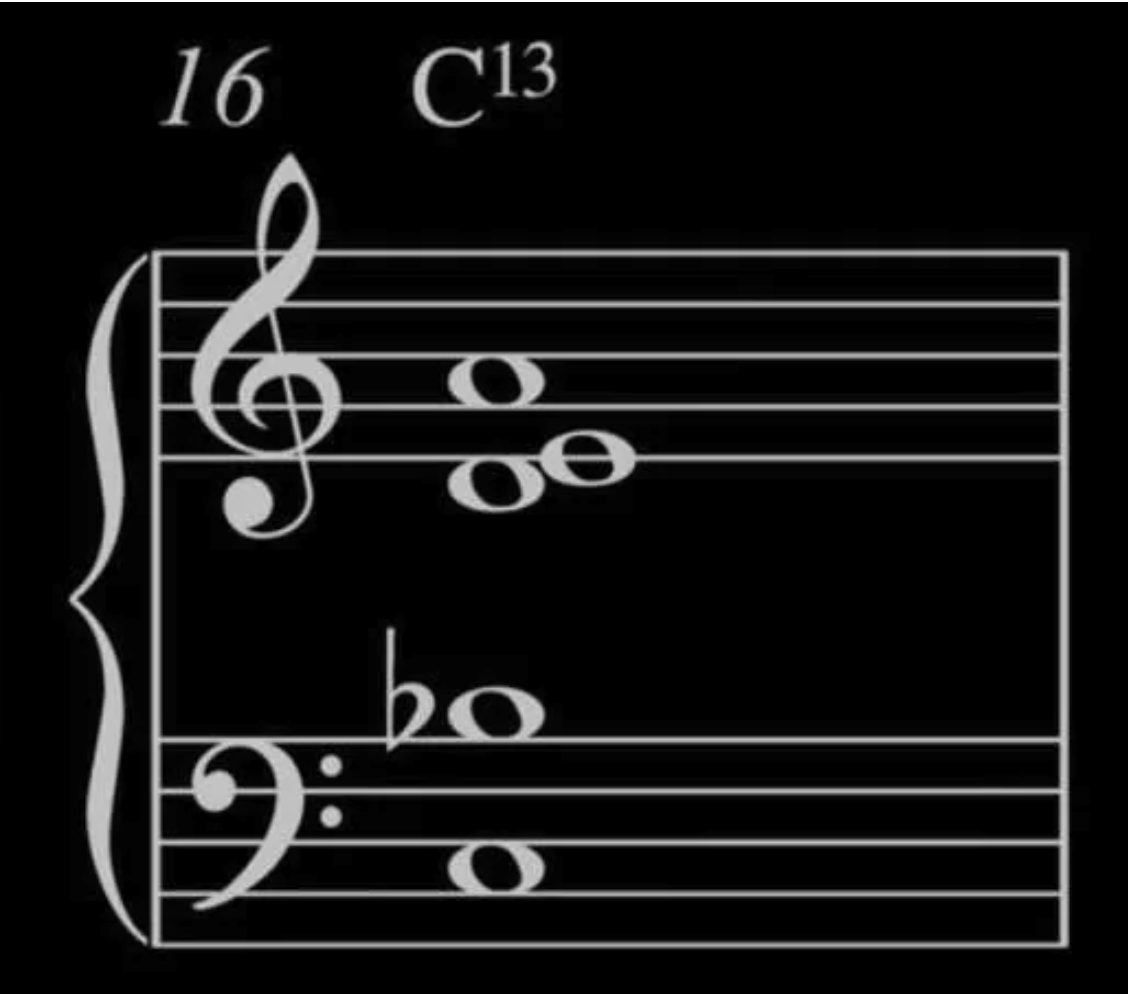
Hidden Patterns in Folk Songs: Unveiling the Evolution of Music
As a music teacher and lifelong learner, I’ve always been fascinated by the intricate relationship between music and human culture. Recently, I came across a study that shed light on the hidden patterns in folk songs and how they reveal the evolution of music across different cultures. This got me thinking about the universal nature […]
Read More

